Why I Keep Buying Apple Stock
Because I'm a diehard bargain hunter, I find Apple's stock too cheap to pass up.

When I launched my Practical Investing portfolio in 2011, I bought stocks in equal blocks of $10,000, figuring that taking this tack would make it easy for me to spot issues that needed attention. The approach also helped highlight my growing stake in Apple (symbol AAPL), which has come to occupy a disproportionately large part of my portfolio, even after it performed poorly over the past year.
I first invested in Apple because the stock was depressed in the aftermath of the death of its iconic CEO, Steve Jobs, in October 2011. I added to my stake in 2013 when the stock fell after a lackluster earnings report that seemed to reinforce Wall Street’s view that Apple would struggle without Jobs. When the stock plunged in late January, after the company warned that it expected revenues in the January–March quarter to decline 11% from the same period a year earlier, I bought yet again.
The bullish case. Why do I keep buying Apple? First, I believe that not only was Jobs brilliant and innovative, he also hired bright and innovative people—among them his successor, Tim Cook. The idea that thousands of talented Apple employees would lose their mojo without Jobs badgering them and bringing out their best defied common sense, in my view.

Sign up for Kiplinger’s Free E-Newsletters
Profit and prosper with the best of expert advice on investing, taxes, retirement, personal finance and more - straight to your e-mail.
Profit and prosper with the best of expert advice - straight to your e-mail.
Second, I love Apple products so much that I’m willing to pay a premium for them. And so does much of the rest of the world. In Apple’s October–December quarter, a record 74.8 million iPhones were sold at an average price of $691. By contrast, the average price of Android-based phones was $347, according to ABI Research.
Finally, because I’m a diehard bargain hunter, I find Apple’s stock too cheap to pass up. The stock, which peaked at just below $135 in April 2015, dropped 6.6% on January 27, after Apple issued its startling sales forecast. At $95.66 a share, the price I paid for my latest 45-share purchase, Apple sold for only 10 times estimated calendar-year earnings and offered a 2.2% dividend yield. Compare that with a price-earnings ratio of 16 and a 2.3% yield for Standard & Poor’s 500-stock index. And, of course, Apple has an amazing balance sheet, with $216 billion in cash and securities. (My Apple stake is now worth $33,477 and represents nearly 13% of the portfolio.)
Beyond the forecasted revenue drop, Wall Street worries that Apple will no longer produce consistent, above-average profit growth. That Apple’s growth is slowing should not come as a shock. When you generate $234 billion in sales, as Apple did in its last fiscal year, you need to sell an additional $2.3 billion worth of products and services to eke out a 1% gain. To put that figure in perspective, Twitter (TWTR) rang up a total of $2.2 billion in sales last year.
And although Apple’s growth rate may be slowing, the company is hardly heading toward oblivion. For starters, the expected launch this summer of the iPhone 7 will surely goose sales. Moreover, Cook says the company is using this period of economic uncertainty to invest heavily in emerging nations—most notably in China and India, where a favorable combination of demographics (young populations) and economics (growing wealth) bode well for high-quality consumer brands, even if they are a bit pricey. Apple’s sales in India spiked 38% in the October–December quarter, and the company plans to open 12 new stores in China by summer, bringing the total to 40.
It’s true that China’s economy is slowing, and that might make a dent in the China-expansion part of the story. But that brings me back to valuation. At 10 times earnings, Apple is priced more like slow-growing Bank of America (BAC) than a magnificent technology leader. I feel confident about my latest purchase and might even buy more Apple shares if the price drops further.
Get Kiplinger Today newsletter — free
Profit and prosper with the best of Kiplinger's advice on investing, taxes, retirement, personal finance and much more. Delivered daily. Enter your email in the box and click Sign Me Up.

-
 2026 Disney Dining Plan Returns: Free Dining for Kids & Resort Benefits
2026 Disney Dining Plan Returns: Free Dining for Kids & Resort BenefitsPlan your 2026 Walt Disney World vacation now. Learn about the returning Disney Dining Plan, how kids aged three to nine eat free, and the exclusive benefits of staying at a Disney Resort hotel.
By Carla Ayers
-
 How Can Investors Profit From AI's Energy Use?
How Can Investors Profit From AI's Energy Use?Global energy demand is expected to grow by leaps and bounds over the next several years as AI usage accelerates. Here's how to get a piece of the pie.
By Jacob Schroeder
-
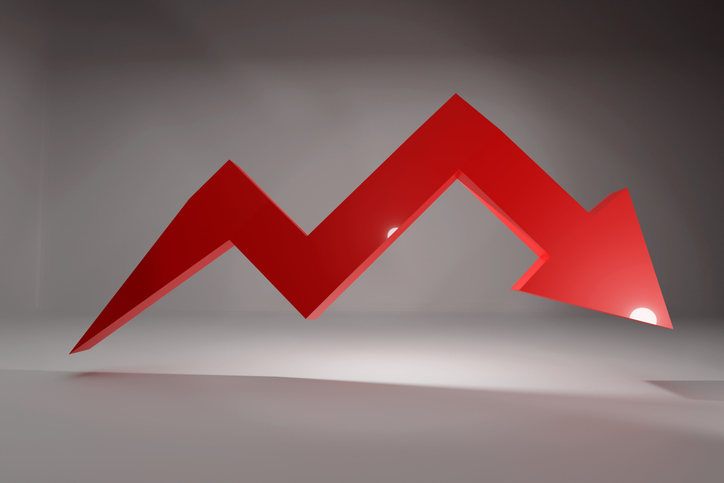 Stock Market Today: Dow Drops 971 Points as Powell Pressure Ramps Up
Stock Market Today: Dow Drops 971 Points as Powell Pressure Ramps UpPresident Trump is increasing his attacks against Jerome Powell, insisting the Fed chair cut interest rates.
By Karee Venema
-
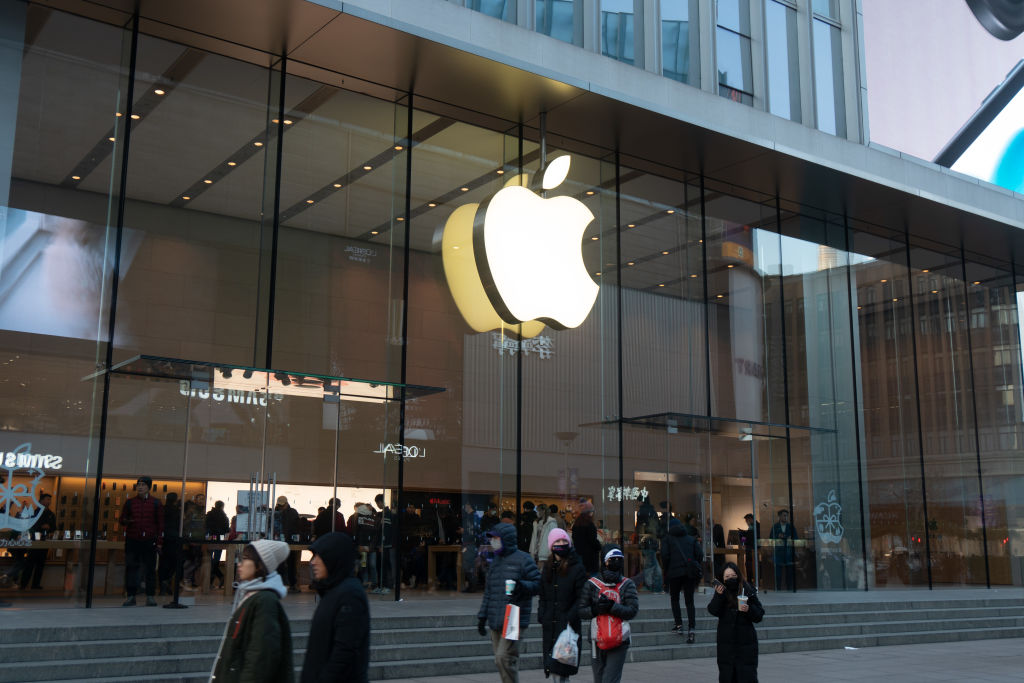 Wall Street Is Worried About Apple Stock. Should You Be, Too?
Wall Street Is Worried About Apple Stock. Should You Be, Too?Analysts expect Trump's sweeping tariffs to have an outsized impact on Apple stock. How concerned should investors be?
By Karee Venema
-
 The Stock Market Is Selling Off. Here's What Investors Should Do
The Stock Market Is Selling Off. Here's What Investors Should DoInvestors started fleeing the equities market en masse in response to the Trump administration's "jaw-dropping" tariffs. But the experts say don't panic.
By Karee Venema
-
 Should You Sell Tesla Stock as Elon Unrest Grows?
Should You Sell Tesla Stock as Elon Unrest Grows?Tesla's CEO is wearing many hats and is managing them "with great difficulty."
By David Dittman
-
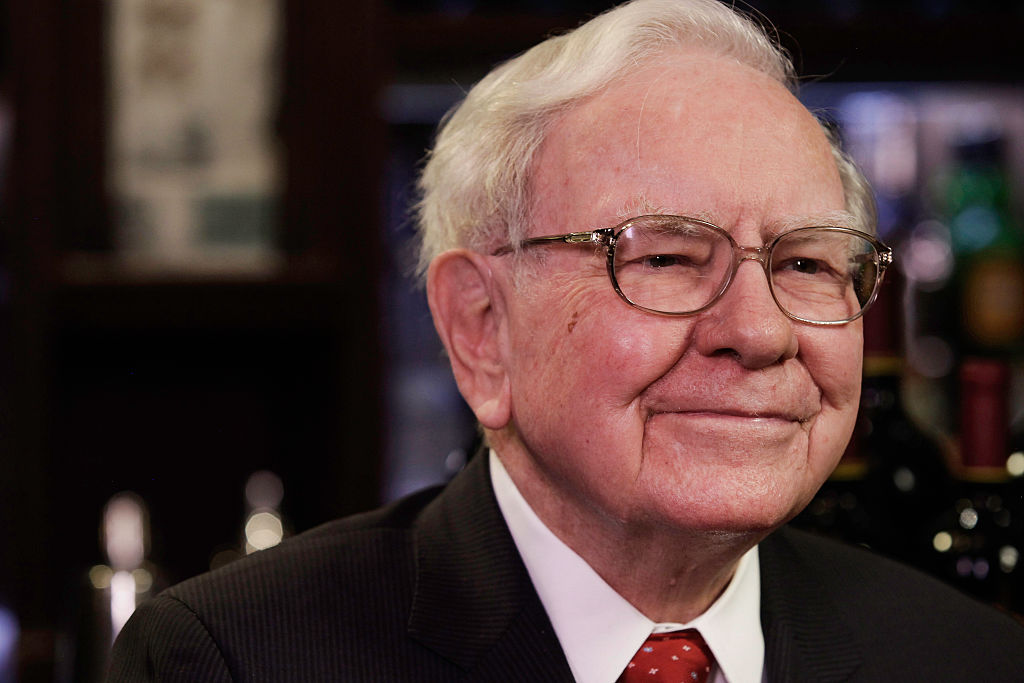 5 of Warren Buffett's Best Investments
5 of Warren Buffett's Best InvestmentsWarren Buffett has had plenty of wins throughout his decades of investing. Here, we highlight five of Buffett's best investments.
By Kyle Woodley
-
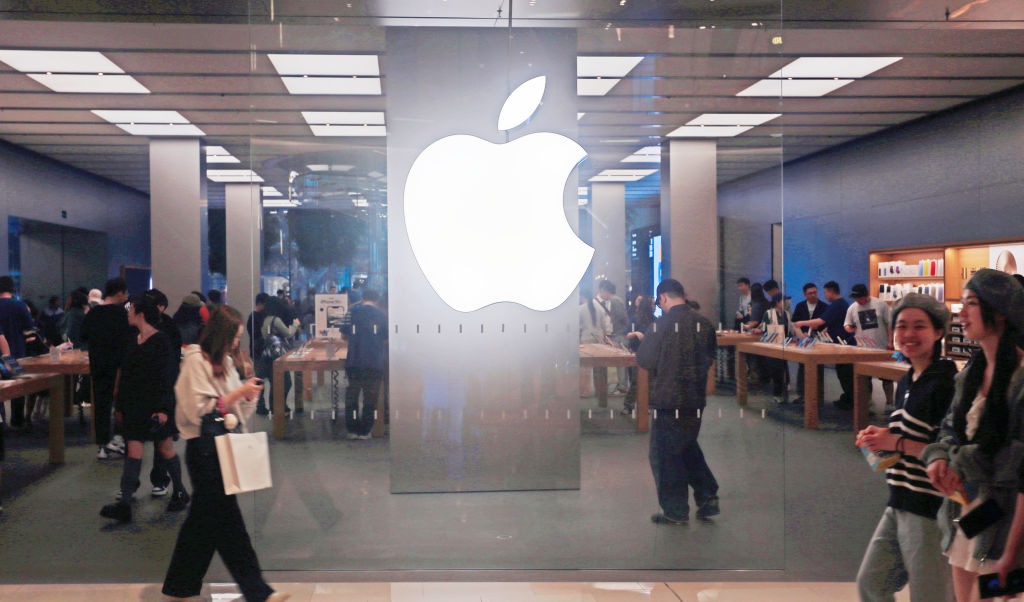 Apple's 100,000% Return Is a Result of Innovation, Brand Loyalty and Buybacks
Apple's 100,000% Return Is a Result of Innovation, Brand Loyalty and BuybacksApple spends billions buying back its own shares, but this is just one catalyst behind the incredible growth in its share price.
By Louis Navellier
-
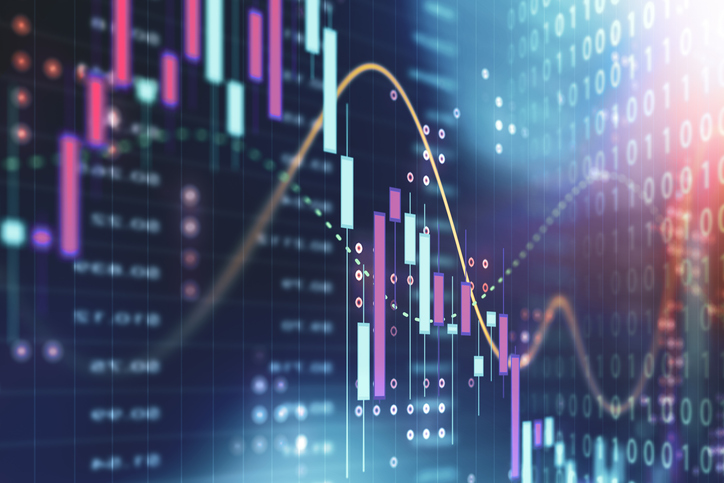 Stock Market Today: Stocks Struggle After Trump's EU Tariff Threats
Stock Market Today: Stocks Struggle After Trump's EU Tariff ThreatsStocks pared early gains after Trump threatened the European Union with 25% tariffs.
By Karee Venema
-
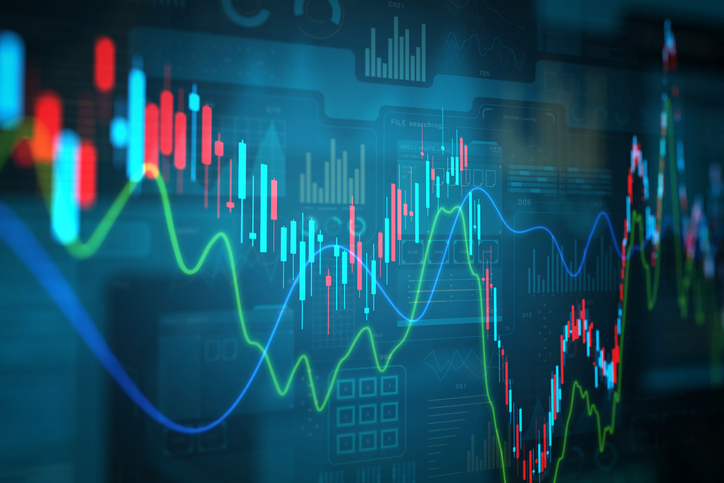 Stock Market Today: Dow Gains After Nike Gets Upgraded
Stock Market Today: Dow Gains After Nike Gets UpgradedJefferies thinks Nike's new CEO will spark a turnaround in the beaten-down blue chip.
By Karee Venema